How to Automatically Extract Content Ideas from Your Newsletter Subscriptions Using AI (Part 4/5)
Connecting Gmail To ChatGPT: The Brain Behind Your Content Idea Generator
Your newsletter subscriptions contain valuable insights that could fuel your content creation for months.
But manually extracting these ideas is time-consuming and inconsistent.
So we’re using AI to analyze newsletters, identify the most relevant content for our audience and generate fresh article ideas tailored to them.
This system will:
Monitor your Gmail inbox for newsletters from your favourite senders
Use AI to find insights from those newsletters
Generate content ideas inspired by the incoming newsletter but tailored specifically to your audience
Provide each article a ‘Potential’ score indicating which ones will likely resonate most strongly
Store everything in Google Sheets so you can instantly find most relevant content ideas for your audience
All without you lifting a finger.
Here’s a preview of what this system will do
Read an unread email from your inbox
Push that through the automation
Output 3 article ideas based on this email but tailored to YOUR audience
Let’s go!!!
Series Breakdown
Since the whole automation requires quite a few steps, I’ve broken this series into 5 parts:
Setting up our Google Cloud Project so we can automatically monitor our inbox
Connecting Gmail to Make, our automation engine
Getting an API key from OpenAI
Connecting Gmail to ChatGPT and extracting article ideas
Storing the article ideas in Google Sheets
For those just joining in, here are parts #1, #2, and #3:
Today, we’ll connect ChatGPT to Gmail through the API, so it can analyze incoming newsletters and generate relevant ideas customized for our audience.
Note: Nobody will be able to access your inbox automatically apart from you.
This article is more comprehensive than usual and includes many screenshots to guide you through each step. For the best experience, view it on a larger screen.
If you’re reading this in email, it may be clipped due to length. Click here to view the full tutorial on the website.
Let’s begin.
1. Preparing Your Publication’s Core Information
Before we integrate ChatGPT, you’ll need to gather some essential information about your publication.
This will help ChatGPT understand what’s relevant to your audience and generate truly valuable content ideas.
Take some time to define these four key elements (I’ve linked to detailed guides for each):
Value Statement
What core value does your publication provide? This is the overarching purpose that explains why readers should care.
Here’s how to craft a compelling value statement using AI
Ideal Reader Pain Points
What specific challenges does your audience face?
Here’s how to identify your ideal reader’s pain points using AI
Movement Statement
What change are you trying to create? This is your rallying cry or mission statement.
Here’s how to craft a movement statement with AI that resonates
Unique Value Proposition (UVP)
What makes your content uniquely valuable? This describes what sets your content apart from others in your space.
Here’s how to craft a UVP using AI
If you already have these elements defined for your publication, great! If not, the linked guides will walk you through creating each one with AI.
Keep these handy as we’ll need them in Step 4 to customize the ChatGPT prompt.
2. Adding OpenAI to Your Make Scenario
First, let’s connect Make to OpenAI so it can access ChatGPT:
From your Make dashboard, open the scenario we created in the previous article
Click the + icon after your Gmail module to add a new module
In the search box, type “OpenAI” and click Show more to see all OpenAI options
Select Create a Chat Completion
3. Setting Up Your OpenAI Connection
Click Create a connection to link your OpenAI account
Give your connection a name
Paste your OpenAI API key you generated in the previous article
Click Save to store your connection
4. Tailoring the Prompt Behind Your System’s Intelligence
Here’s the template you’ll use to instruct ChatGPT on how to analyze newsletters and generate content ideas.
I’ve designed it with placeholders in the format [XYZ] that you’ll need to replace with your own information:
<System>
You are an expert content ideator at [PUBLICATION NAME] ([PUBLICATION ABBREVIATION]) - a [NEWSLETTER/BLOG].
You specialize in coming up with article ideas that establishes [PUBLICATION ABBREVIATION] as an authority in our niche and resonates with the target audience.
</System>
<Context>
The goal is to come up with new content ideas based on incoming newsletters.
Below are the details about [PUBLICATION ABBREVIATION]:
#####
**Value Statement** (overarching purpose and value of [PUBLICATION ABBREVIATION])
[VALUE STATEMENT]
#####
**Ideal Reader Pain Points** (main challenges faced by the target audience of [PUBLICATION ABBREVIATION])
[PAIN POINTS]
#####
**Movement Statement** (rallying cry or mission driving [PUBLICATION ABBREVIATION])
[MOVEMENT STATEMENT]
######
**Unique Value Proposition (UVP)** (what makes the content of [PUBLICATION ABBREVIATION] uniquely valuable)
[UVP]
#####
The ideas you generate will be used to create content with the goal to educate and establish authority.
</Context>
<Task>
1. Review the provided newsletter text to understand its main topic, tone, and focus.
2. Generate 10 content ideas around the main idea of the newsletter. While generating each content idea, ensure that: it solves a very narrow problem (the narrower the better), and provides a tangible outcome. Break an idea down till it can't be broken further.
3. Evaluate each generated content idea on these four parameters (weightage of each is provided in square brackets):
* Atomicity: How atomic/small is the problem we're solving? (Smaller the better) [40%]
For example,
- "How to use AI for writing" is a very broad topic and will get the lowest score in atomicity.
- "How to use AI to conduct research for content creation" is better and more tangible.
- "How to use AI to conduct research and find statistics relevant to your article" is still better because it focuses on a narrower problem.
- "How to use Google Deep Research to conduct research and find statistics relevant to your article" is the best as it's the narrowest of the four.
* Impact: How strongly does this resonate with the ideal reader's pain points? [20%]
* UVP alignment: Does it complement the overarching reason [PUBLICATION ABBREVIATION] exists? [15%]
* Movement alignment: Does this content support or inspire the mission of [PUBLICATION ABBREVIATION]? Example: If the movement is about helping creators monetize, does this article’s content reinforce that concept? [15%]
* Timeliness: How relevant is this in the current moment or near future for the target audience? [10%]
4. Suggest top 3 content ideas with the highest scores. Include a concise, 3–5 sentence description for each idea.
5. For each of the three content ideas:
- mention the pain point(s) we are solving
- promise we will be making in the article to the reader
</Task>
<Constraints>
- Provide objective scores (0–10) for each parameter without bias.
- Keep responses concise; do not exceed relevant details.
- Ensure that each content idea solves a specific, narrow problem for the target audience.
- Always return the response strictly in valid JSON format.
- Do not include any explanatory text, preamble, or formatting outside of JSON.
- Ensure the output follows the structure exactly as specified in the `<Output Format>` section.
</Constraints>
<Output Format>
Return the response strictly in the following JSON format:
```
{
"content_ideas": [
{
"title": "[Idea 1 Title]",
"description": "[3-5 sentence description]",
"pain_point_resolved": "[The pain point(s) this article will resolve]",
"promise_made": "[What transformation will the reader experience? What is the promise we will make to the reader?]",
"potential": "[Overall Relevance Score (0-10)]"
},
{
"title": "[Idea 2 Title]",
"description": "[3-5 sentence description]",
"pain_point_resolved": "[The pain point(s) this article will resolve]",
"promise_made": "[What transformation will the reader experience? What is the promise we will make to the reader?]",
"potential": "[Overall Relevance Score (0-10)]"
},
{
"title": "[Idea 3 Title]",
"description": "[3-5 sentence description]",
"pain_point_resolved": "[The pain point(s) this article will resolve]",
"promise_made": "[What transformation will the reader experience? What is the promise we will make to the reader?]",
"potential": "[Overall Relevance Score (0-10)]"
}
]
}
```Here’s how to customize the prompt template:
Replace
[PUBLICATION NAME]with your newsletter or blog nameReplace
[PUBLICAION ABBREVIATION]with a short version of your publication name (appears multiple times)Choose between
[NEWSLETTER/BLOG]based on your publication type[VALUE STATEMENT]: Your publication’s value statement[PAIN POINTS]: Your ideal reader’s pain points[MOVEMENT STATEMENT]: The change you’re trying to create through your publication[UVP]: Your publication’s UVP
In this prompt, we’re telling ChatGPT to:
Act as an expert content ideator and analyze the incoming newsletters to understand its main topic, tone, and focus.
Generate 10 content ideas around the main idea of the newsletter, each solving a narrow, targeted problem.
Rate each of the 10 content ideas on the following 5 parameters (0-10):
Atomicity: How narrow is the problem this article will solve. To ensure that we comprehensively address a problem in our article, it’s important to choose a narrow problem. Generally, the narrower, the better.
Impact: How strongly does this resonate with our audience’s needs, pain points, and goals?
UVP alignment: How strongly does it complement the overarching reason our content exists?
Movement alignment: How strongly does this content support or inspire our mission?
Timeliness: How relevant is this content in the current moment or near future for our audience?
Assign different weightages for each of the parameters (40% for atomicity, 20% for resonance with ideal reader’s pain points, 15% each for UVP and movement alignment, 10% for timeliness).
Combine the 5 scores to find an overall impact score (0-10). Higher the score, more relevant the article idea is to your target audience.
Return the top 3 content ideas based on the overall impact score.
5. Configuring the Intelligence
Now we’ll set up how ChatGPT will analyze your newsletters.
Under Select Method, select Create a Chat Completion from the dropdown
For Model, choose o1 (system)
This is OpenAI’s reasoning model that takes time to “think” before responding. This is perfect for analyzing whether an incoming newsletter is relevant to our audience thoughtfully rather than rushing to conclusions.
Under Messages, click Add message
Select Developer/System as the role. This first message is essentially your “instructions” to ChatGPT. It’s like hiring an expert and explaining what you want them to do.
Paste the prompt created in Step #4 into Text Content field
6. Feeding the Newsletter Content Into ChatGPT
Now we need to tell ChatGPT to analyze the newsletter content.
Click Add message again to create a second message
This time, select User as the role
Click in the Text Content field
You’ll see a panel with red tags appear. Find the tag that says “Text Content” and drag it to this field. This feeds the actual email content from the Gmail module to ChatGPT.
7. Configuring Output Settings
Toggle on Show advanced settings at the bottom
Set Response Format to “JSON Object”
Set Parse JSON Response to “Yes”
Set Reasoning effort to “Medium”
Click Save to complete the module setup
Let’s Bring Your System to Life
It’s time to test if your newsletter analyzer works.
Make sure you have at least one unread newsletter email in the label you are monitoring
From your Make dashboard, click Run once to process that email
If the automation doesn’t run beyond Gmail, click on the bubble above to see what’s the issue.
If you see an error saying “The module didn’t return any new data,” select Choose where to start → From now on → Save, and try running again.
When the run completes, click on the OpenAI bubble to see the results
Click the + icons to expand different sections of the output
Expand
Resultto see what ChatGPT has returned.You’ll see a
content_ideastag. This contains the content ideasExpand
1undercontent_ideasto see the first content idea,2for the second, and3for the third.Each content idea has a title, description, the pain point it will solve for YOUR audience, the promise we’ll make in the article, and the potential of the article for your audience.
What You’ve Accomplished & What’s Next
Congratulations! You’ve now successfully:
Connected Gmail to Make.com to monitor your newsletter subscriptions
Set up ChatGPT to analyze incoming newsletters
Created a system that generates tailored content ideas relevant to your audience
Tested the workflow to ensure everything functions correctly
At this point, your system can evaluate newsletters and generate content ideas, but there’s one final piece to make this truly valuable: storing these ideas for future reference.
In the next article, we’ll complete our automation by connecting the OpenAI module to Google Sheets and storing the generated content ideas and relevance scores.
Want personalized help building your customized AI system?
I offer 90-minute sessions where we build your custom AI content system together.

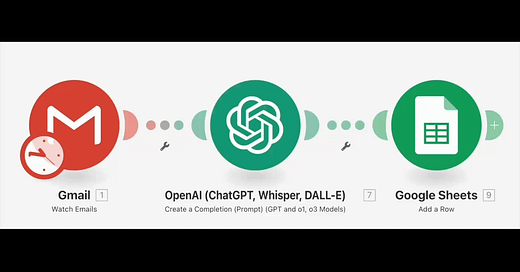


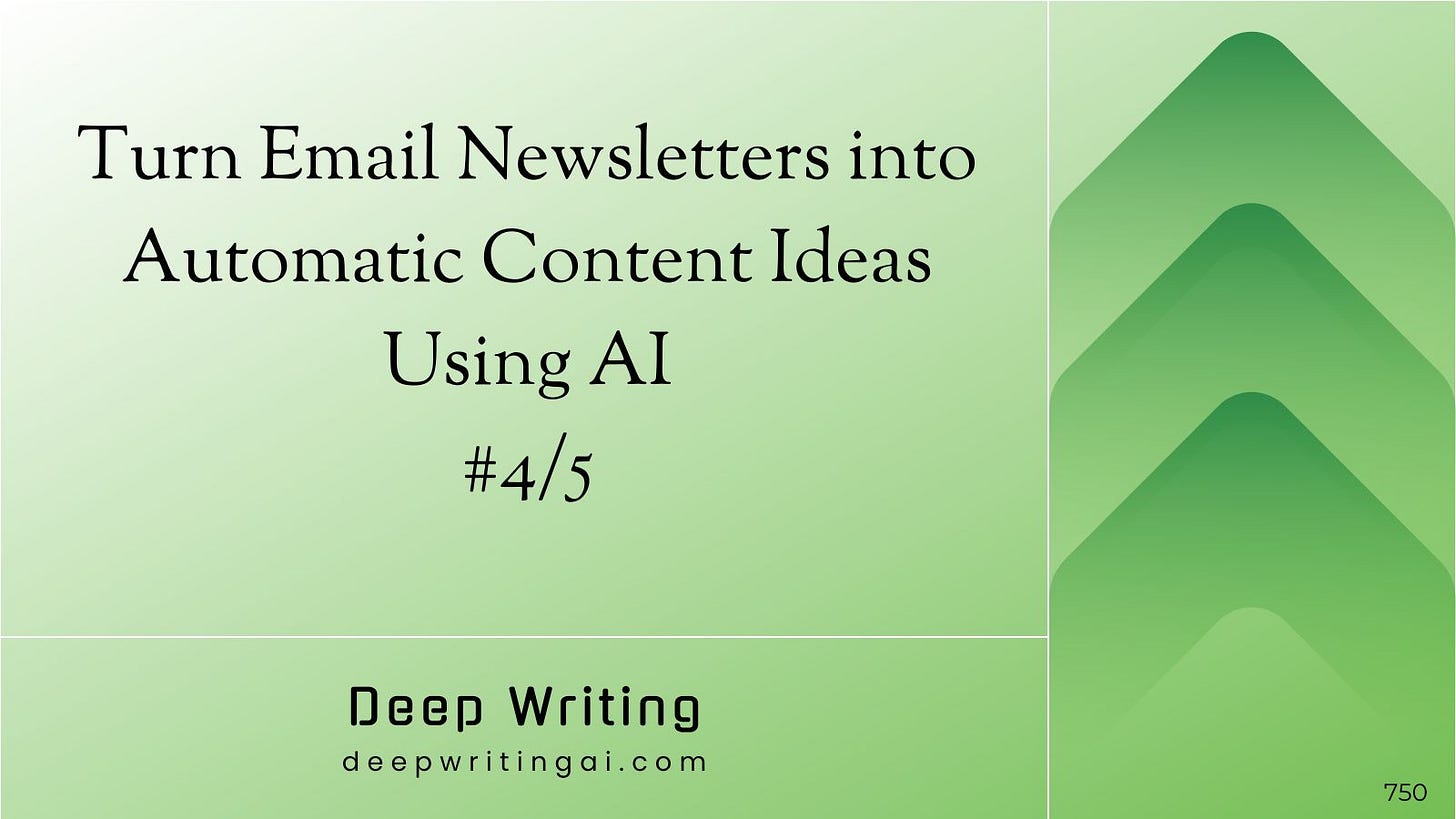





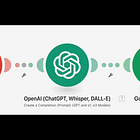

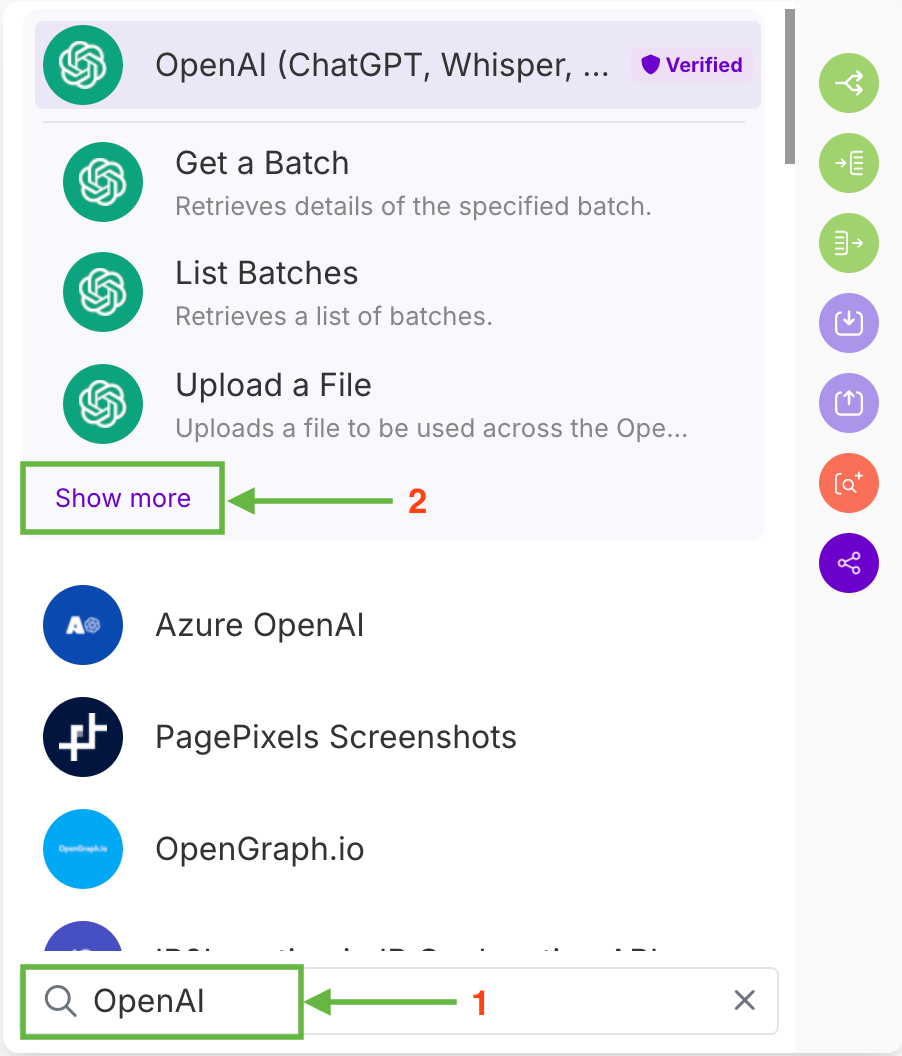
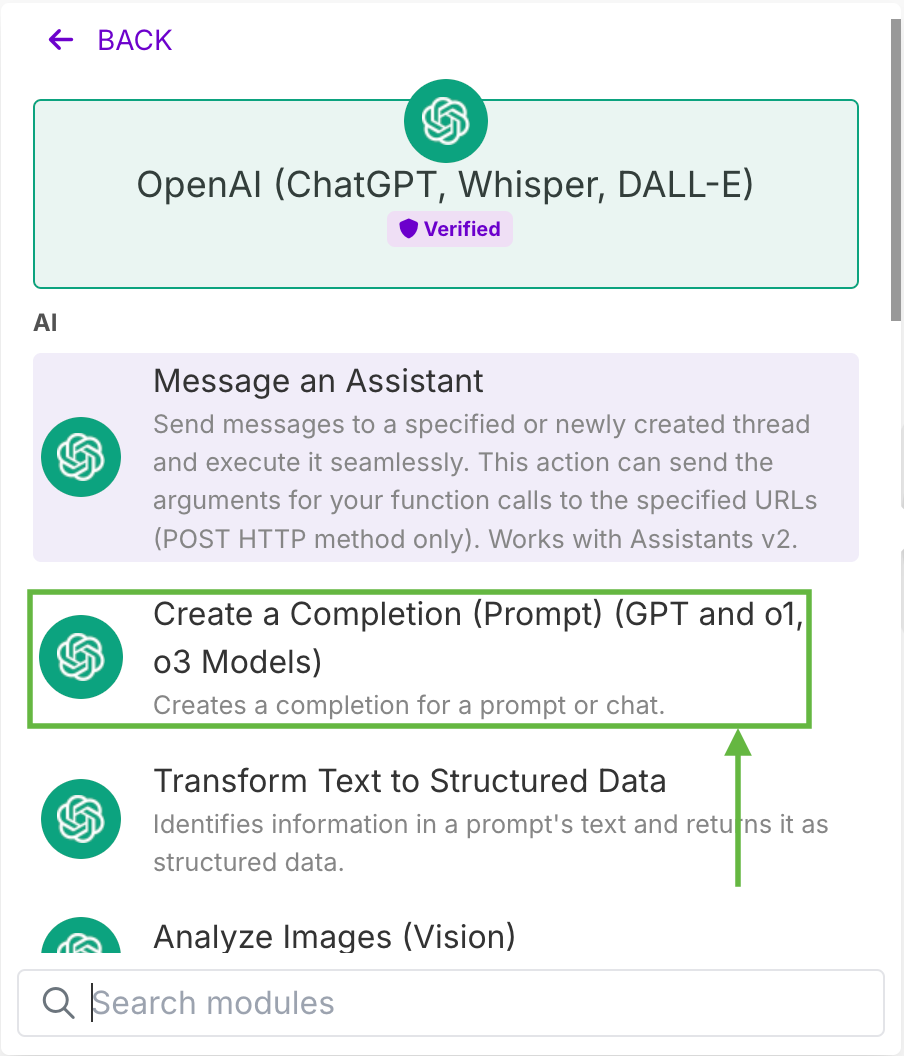
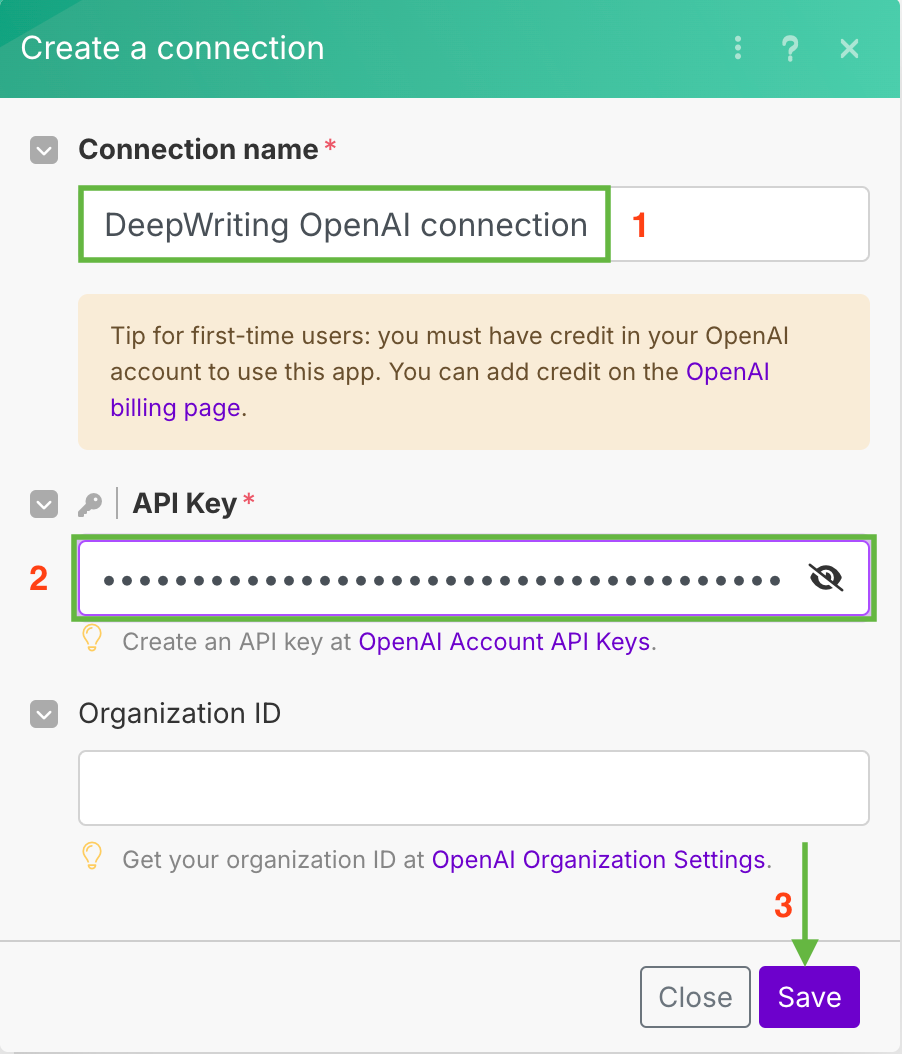
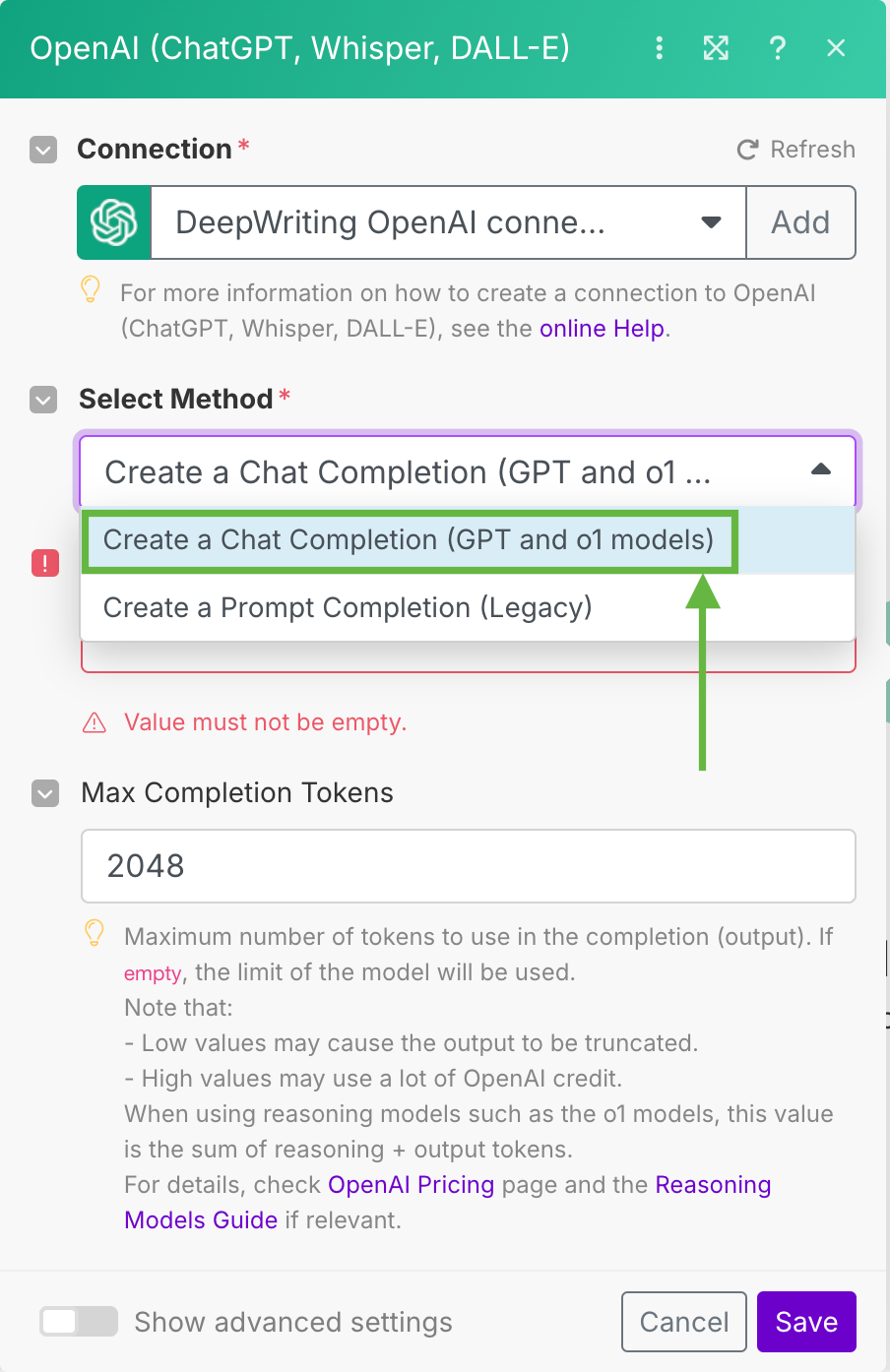
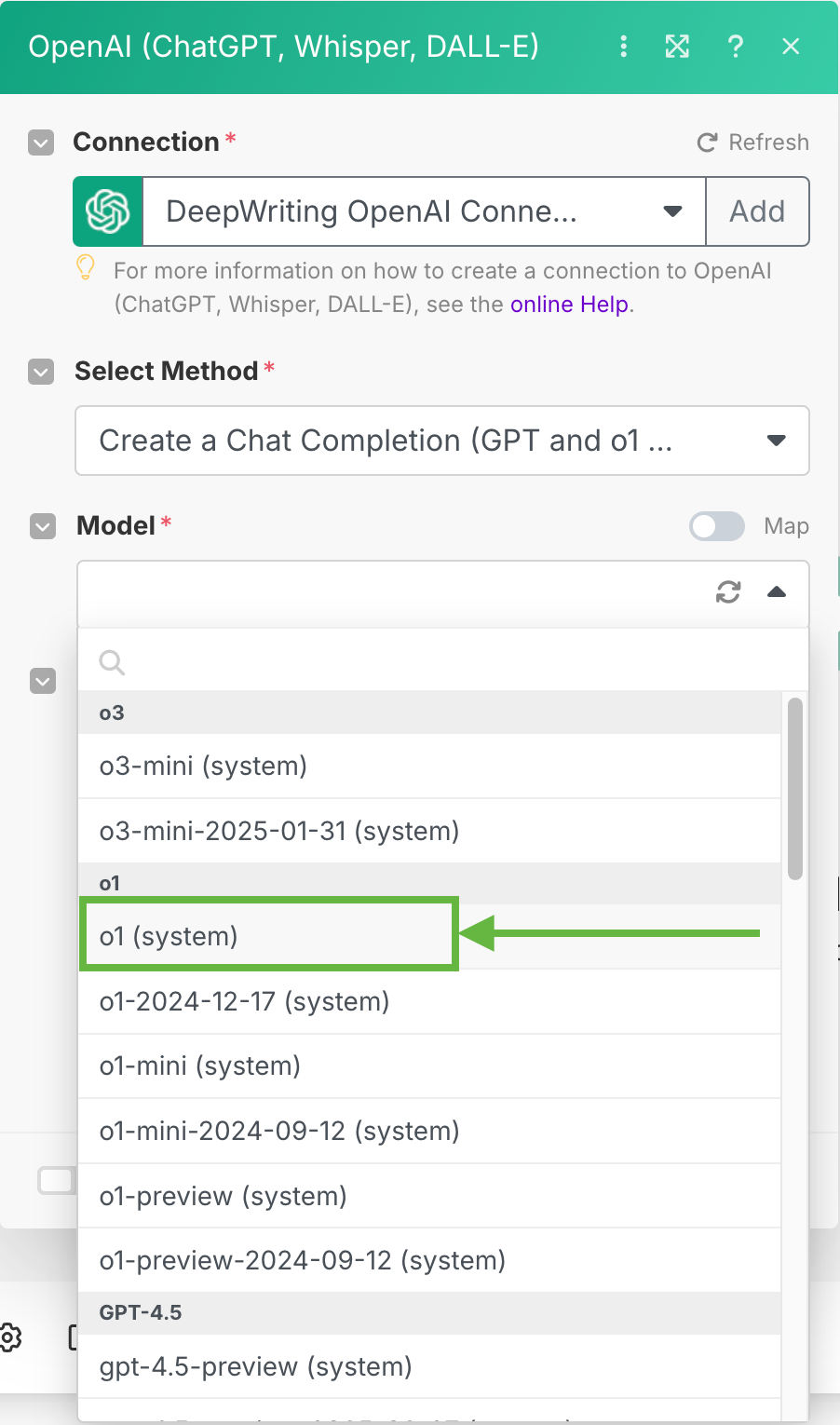

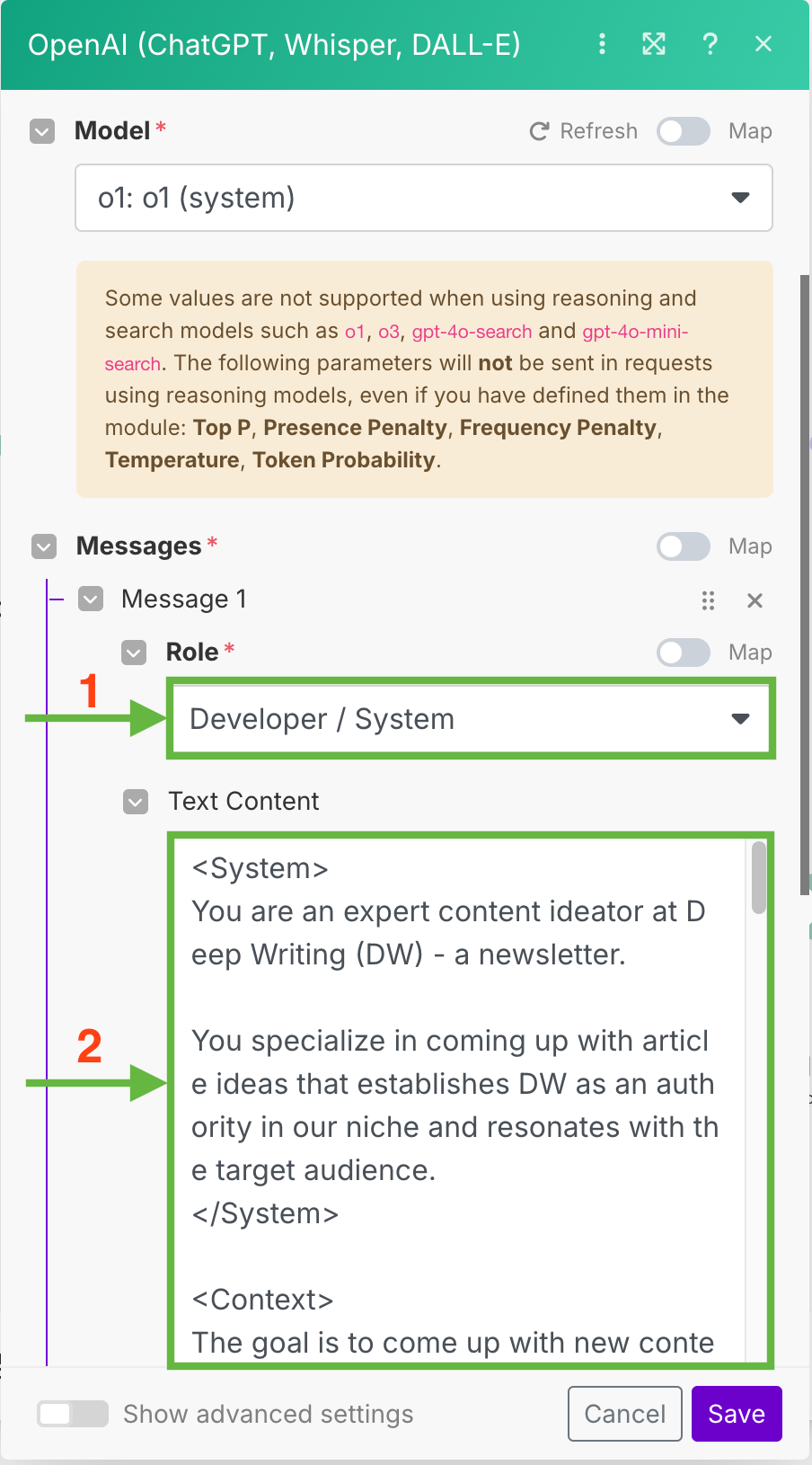
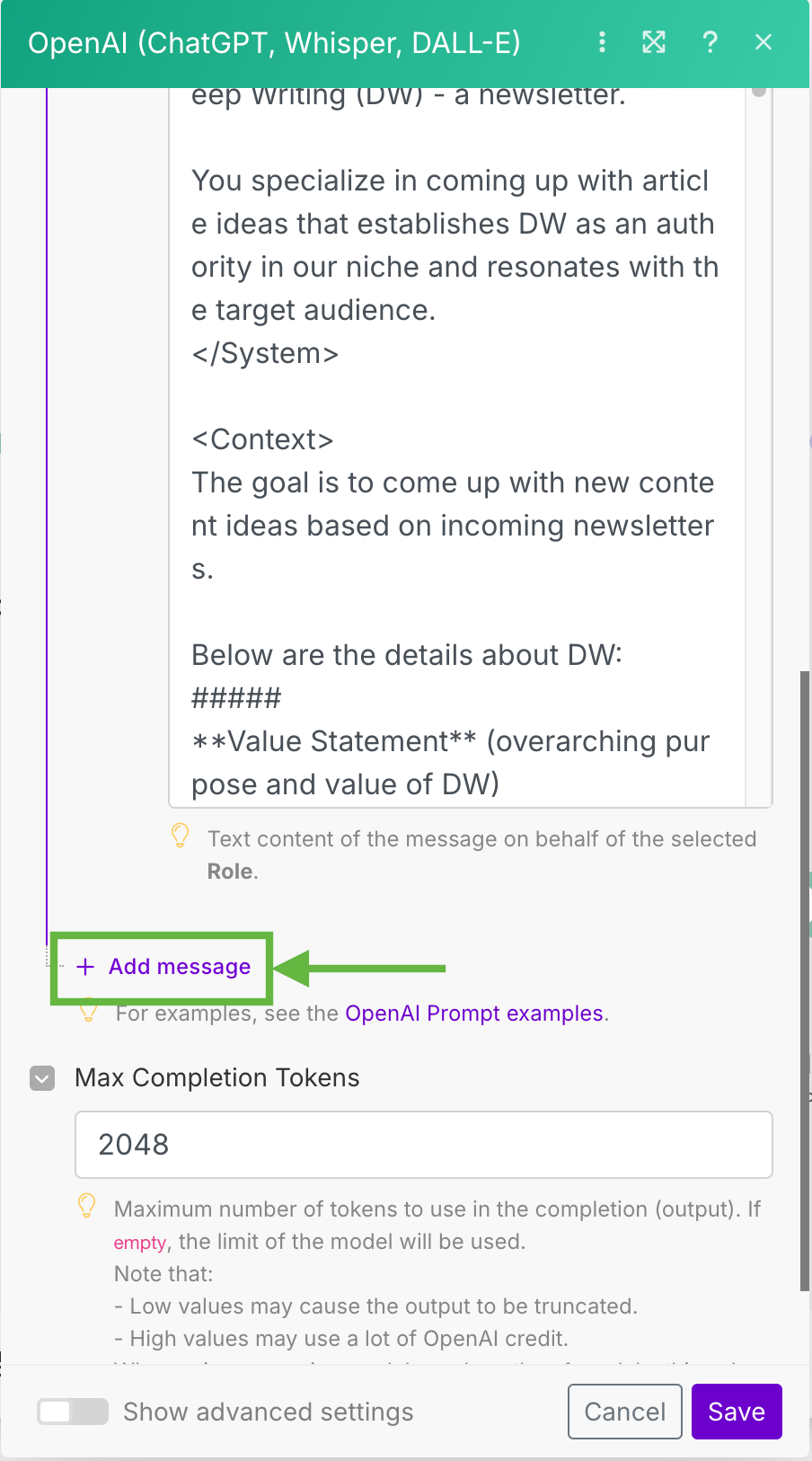
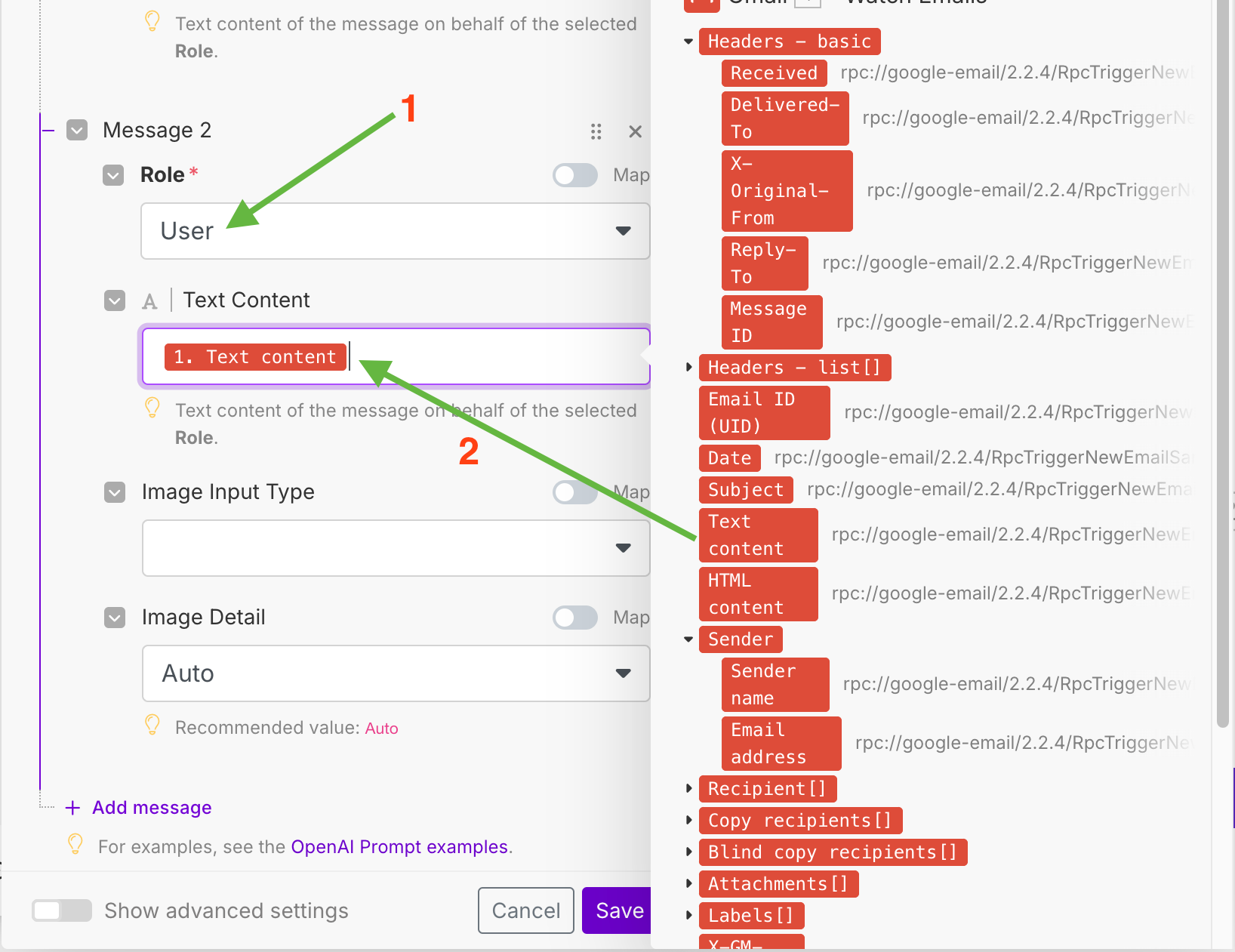
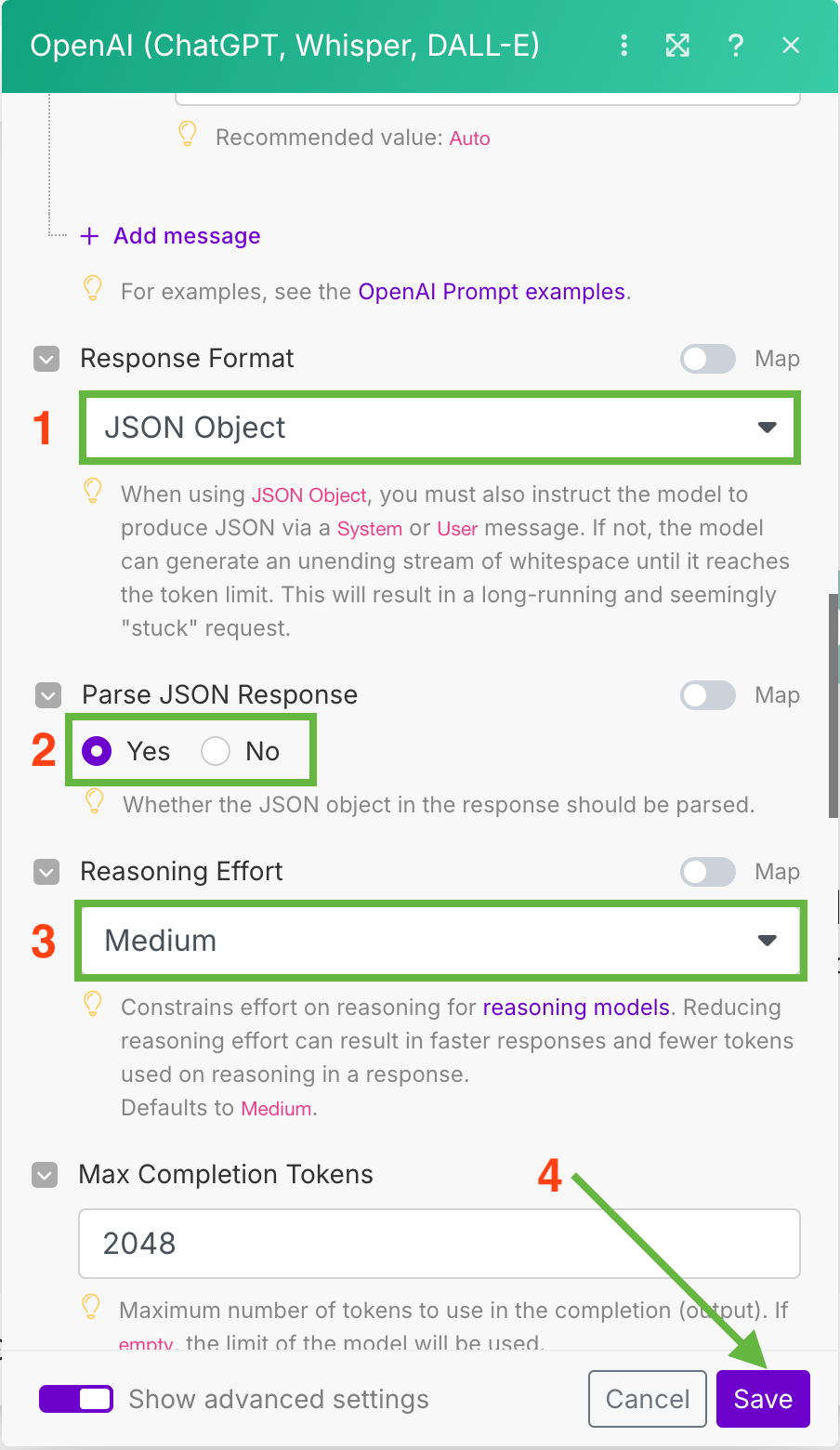

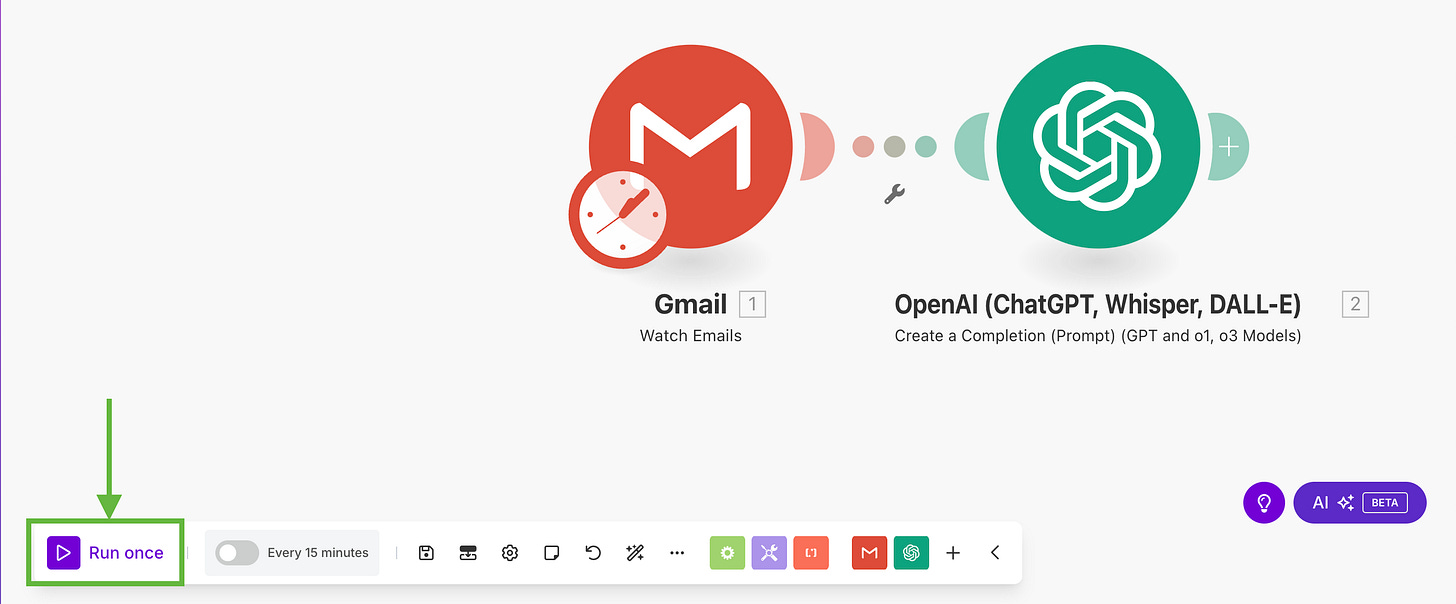
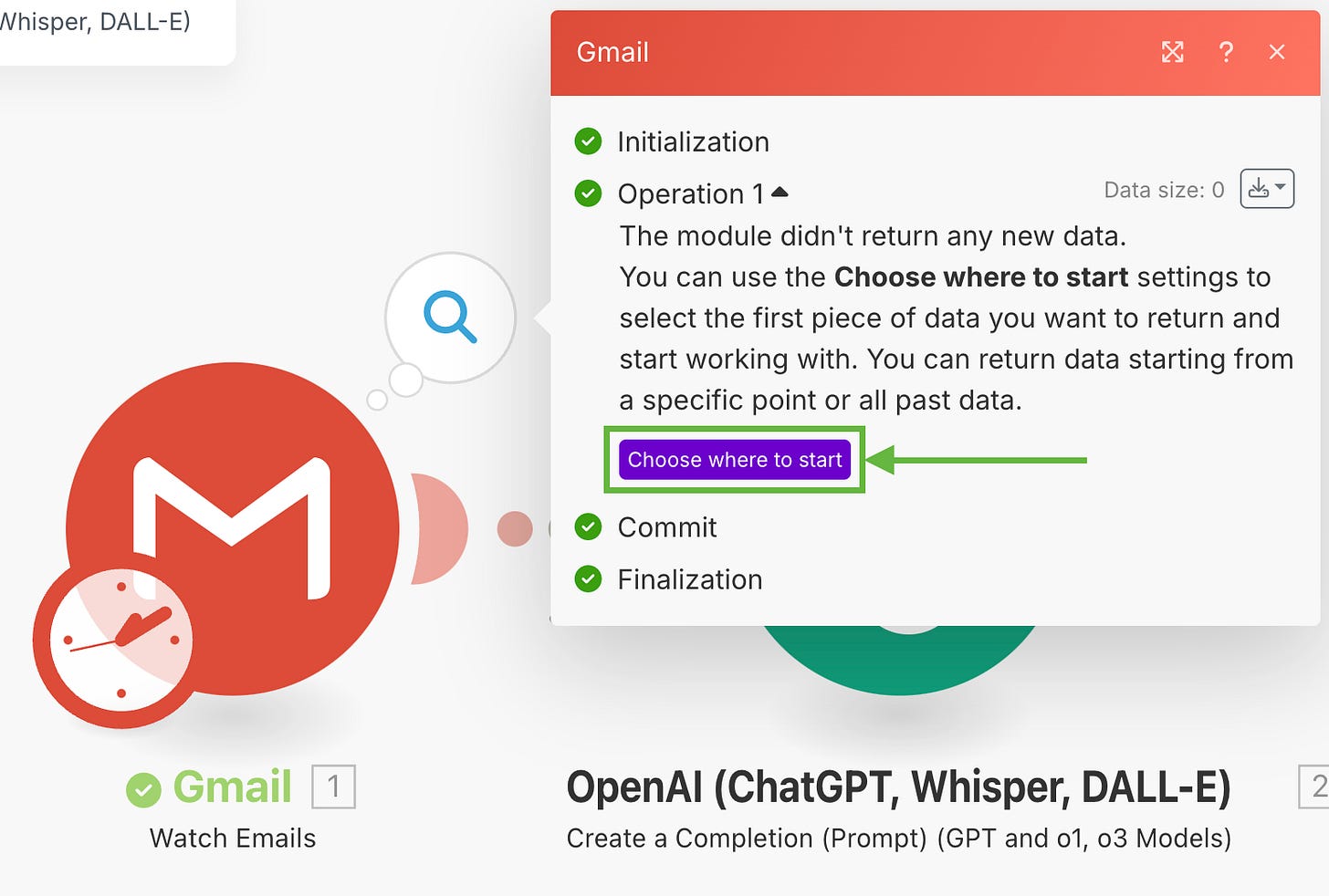
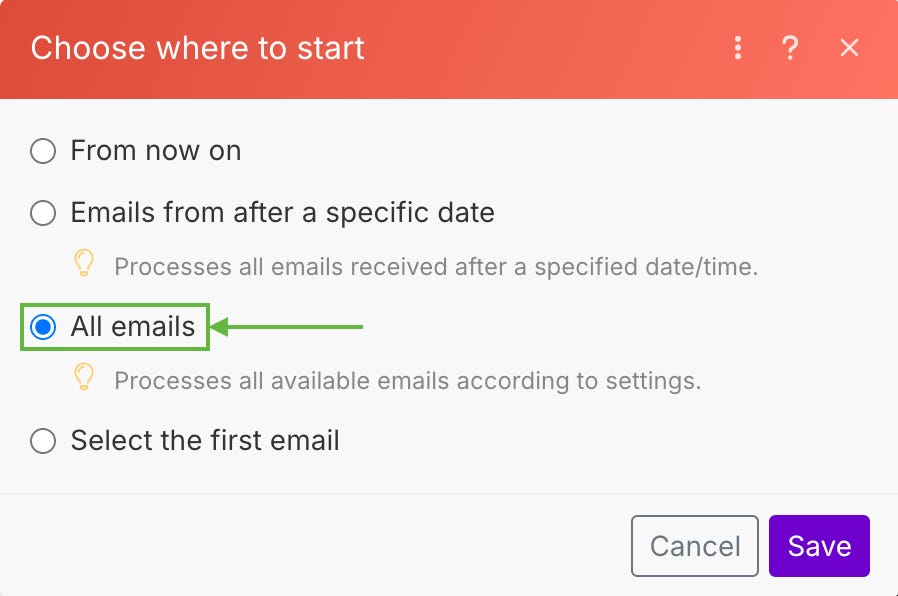

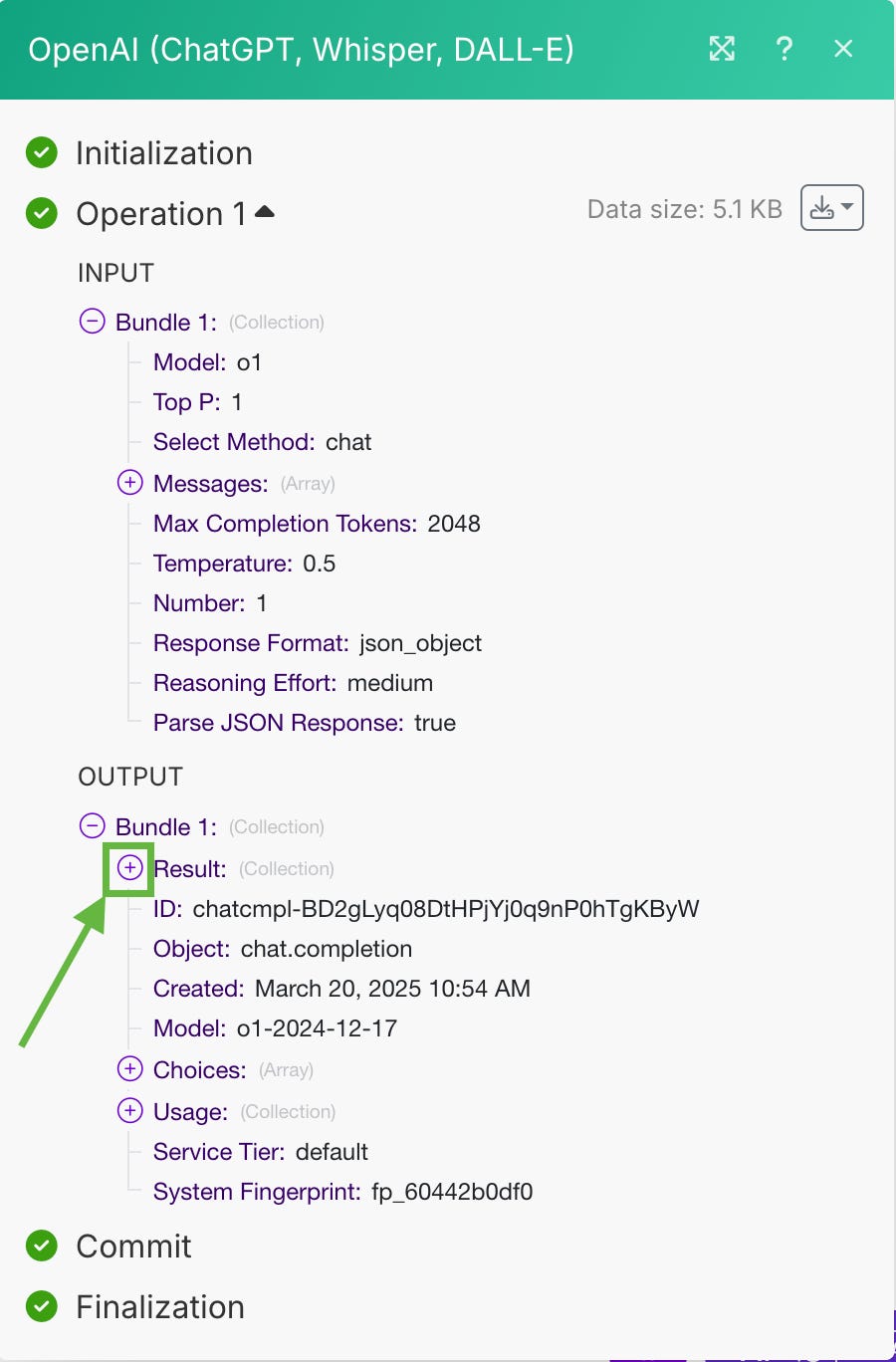
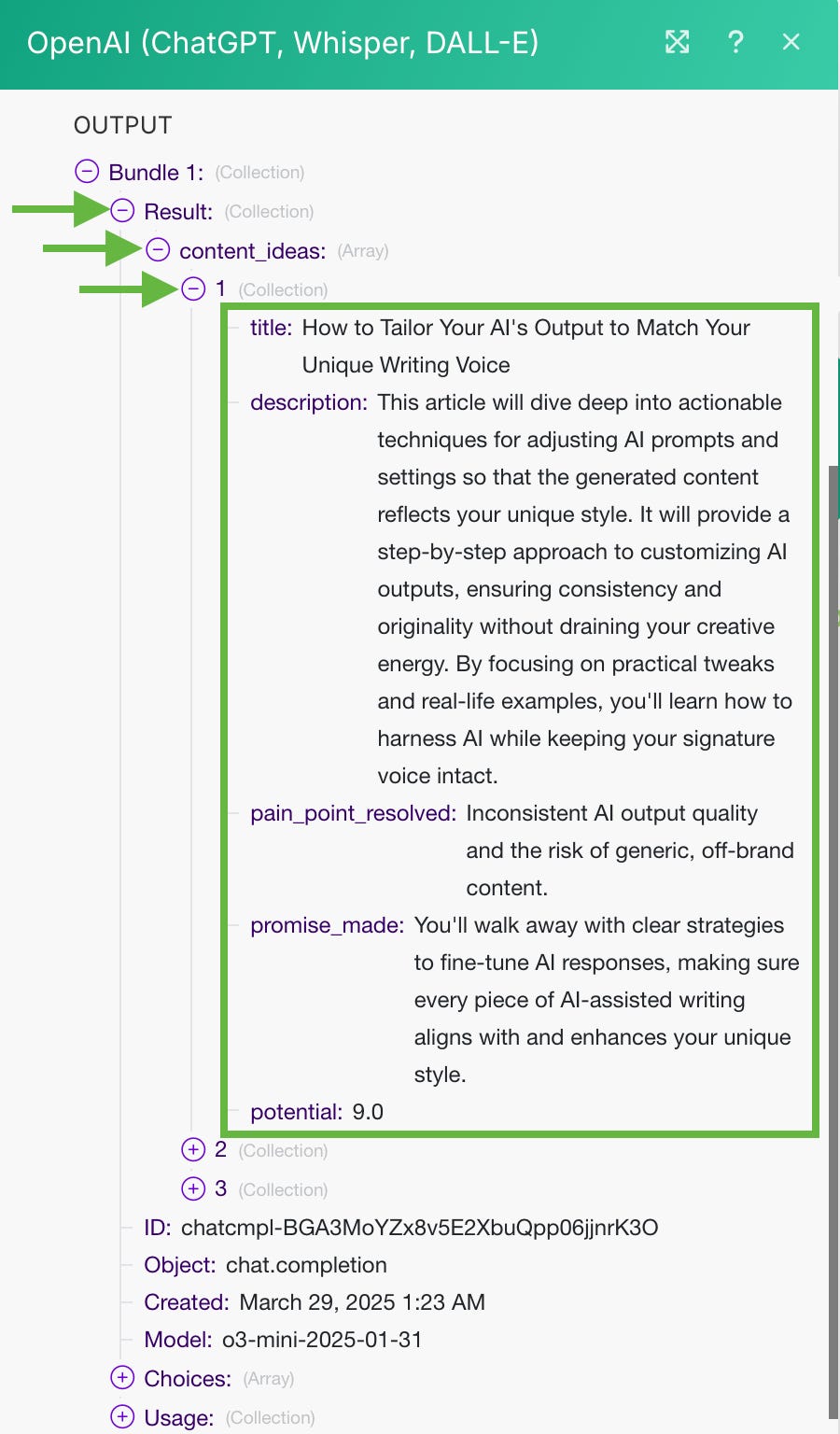
Really interesting way to leverage your time and content.